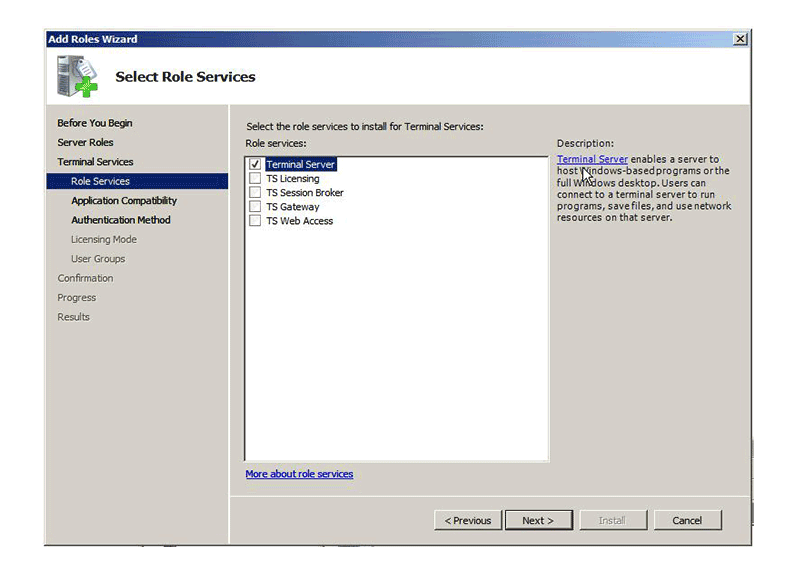PDFelement - Edit, Annotate, Fill and Sign PDF Documents

Deployment solutions are important part of running a successful business. Microsoft maintains its own deployment program know as Windows Terminal Server. This windows terminal server can help companies save time and effort of the IT team and boosts productivity. But sometimes you may find the tutorial is difficult to understand. Don’t worry; here are the best and easiest steps to deploy software with Windows Terminal Server.

Windows Terminal Server is a deployment solution which can push installs, updates and other configurations to computers and devices remotely and silently. It also works for server deployments and is preferred by many enterprises.
Pros:
Cons:
Here is a look at some of the things that you need to do to successfully deploy software with Windows Terminal server.
Log in as the administrator and place the installer package in a shared folder on the network. Set the permissions for sharing in this step too. Then click the “Create a GPO in this domain, and link it here” showed in the right picture to set a new GPO with Windows Terminal Server.
Navigate to Directory Users and Computers and initiate it. Then go to the Group Policy option and make a new policy by providing a name. After saving it open Properties to select Security. Here you have to define the policies and proceed by clicking “OK”.
Select Computer Configuration and choose “Edit” from Group Policy. The path to the installation package has to be provided. After set the options, you need to click on the “OK” on the “Deploy Software” window. Save and close the Group Policy page and exit the program. The software is now deployed and will begin installing automatically when the target computer is switched on.

Just like a proper deployment solution, a powerful editor for PDF files is also necessary for documentation purposes in an enterprise. PDF files are used everywhere and often they have to be edited or changed for professional use. PDFelement for Business offers amazing editing tools popular among businesses.
You can deploy software with Wondows Terminal Server or any other deployment tools you like. You can also try the authorization feature of PDFelement for Business:
Like any custom developed software, PDFelement can be personalized according to needs. This process will be handled by PDFelement after which you can use the software. Business owners should clarify their requirements and communicate them with Wondershare team for achieving best results.
Enterprise specific customization is required to ensure proper use of the application. It also leverages workplace security and helps the PDF solution to tackle challenges effectively.
After downloading the software package, the product registration code and enterprise email will be required. These have to be provided to the software for signing in and controlling the server end. Keep them handy while installing the software.
Now the user end client should be installed. It can be carried out through deployment. Once installed, a permission for authorization is sent to the server by the system. No one can use the software unless the manager controlling the server validates it. This way any attempts of intrusion can be avoided.
Updates of PDFelement can be controlled and released only after approval from the server. It gives enterprises the flexibility to issue updates according to their needs and decisions.
Following these above steps, makes the entire process a lot easier, and you do not have to worry about safety and security as well.
Still get confused or have more suggestions? Leave your thoughts to Community Center and we will reply within 24 hours.